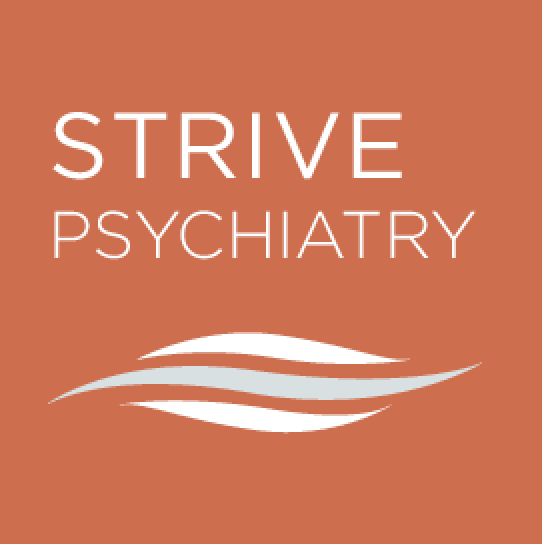The term “Anxiety” most often refers to the condition known as Generalized Anxiety Disorder (GAD), though it also serves as an umbrella term for a specific group of mental illnesses. Statistics show that they are the most common category of mental disorders in the US, followed by Depressive Disorders. This makes treating this group of disorders a primary focus of clinicians around the world.
While everyone feels worried from time to time, the experience of someone who suffers from an Anxiety Disorder is far different, and oftentimes completely debilitating. Symptoms of these disorders range from an overwhelming sense of dread and chest pain to full panic attacks. GAD specifically can strongly limit daily functioning and reduce the overall quality of life.
Everyone processes anxiety a little differently; because of this, symptoms are often diverse, and should always be taken seriously. It is crucial to get an accurate diagnosis when beginning treatment; having a qualified and capable psychiatrist is a great step in this healing process.
